How does a coffee cup affect the flavor of coffee? Choosing the right cup is important for coffee!
A good cup of coffee is worth tasting carefully. When you pick up a coffee cup or glass to drink, you will first smell the aroma of coffee, followed by a satisfying taste, remaining in the mouth.
Choose mugs and glasses, different shape, size, mouth thickness, material will affect how you taste coffee, may have additional points for aroma and flavor, may also have the effect of deducting points.
Today we're going to talk about how to choose coffee cups.
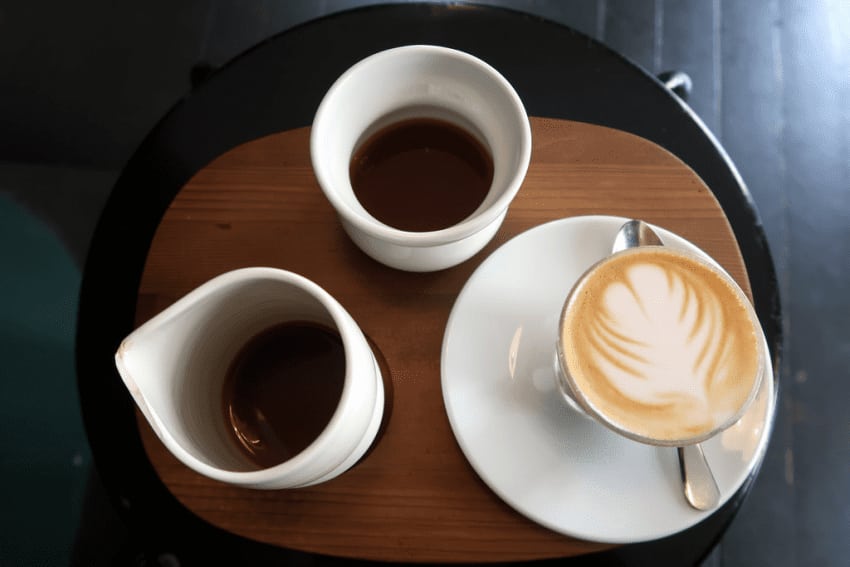
Why do you have to choose a special cup for coffee?
The general mug is designed for only one purpose, so that people can safely hold hot drinks, so that we can avoid being scalded when tasting hot drinks, but this design has no effect on the flavor addition when tasting.
In fact, many people study whether drinking coffee has the most ideal container shape, size, material, etc., but ordinary people do not have so many choices when buying cups, let alone looking for cups of a certain shape, size and material.
Sometimes we see some shops, baristas or coffee lovers use glasses to drink coffee, but the glasses are not designed to drink coffee (such as red wine cups, whisky cups). Or the cup that someone uses to drink coffee does not enhance the sensory experience in an all-round way.
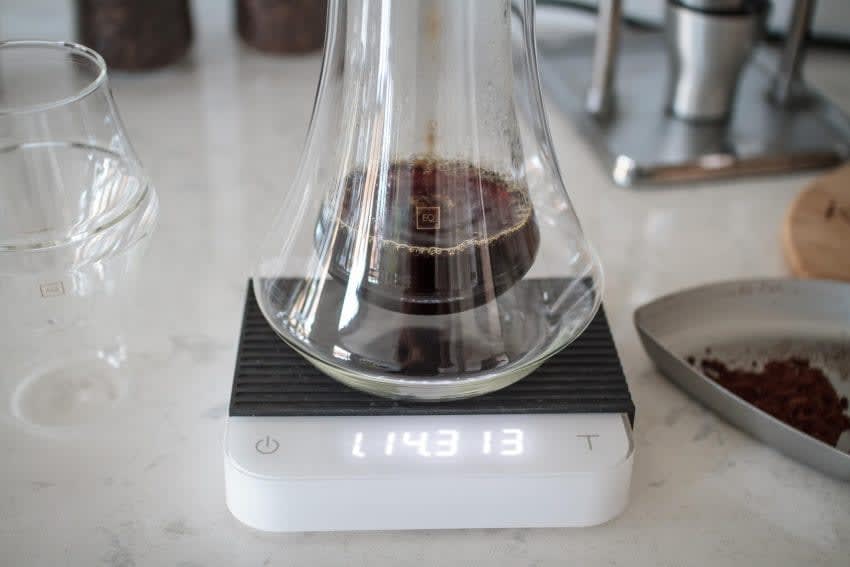
The science behind the ideal coffee cup
The study found that the material, size, shape and even color of the drinking container will have different effects on the flavor of the drink.
For example, a 2017 study found a correlation between cup shape and taste, finding that subjects tended to associate narrower cups with stronger aromas, shorter cups with bitterness and intensity, and wider cups with sweeter taste.
Another 2016 study pointed out that they studied bitter drinks (coffee) and sweet drinks (hot cocoa). When subjects drank coffee from cups with 3D printed patterns on the surface, the bitterness increased by 27%. When the subjects drank hot cocoa from a cup with a circular pattern on the surface, it was 18% sweeter.
In addition, according to Fabiana Carvalho's research, pink and round cups are closely related to sweetness, while tulip-shaped cups increase aroma, and so on.
What can a good cup add to coffee?
So we now know the importance of the cup to the experience, but what role does the cup play when it comes to drinking coffee? What is the impact of these designs on coffee? What other types of cups are suitable for us?
When choosing a cup, there are many factors to consider:
The relationship between cup shape and aroma: the design of top space and tilt angle.
The relationship between cup shape and flavor: the surface area and heat preservation effect of liquid contact mouth.
The relationship between cup size and aroma: the diffusion of aromatic molecules in the cup mouth space.
The relationship between cup material and temperature: coffee temperature stability, comfort and durability.
Let's take a closer look at them one by one.
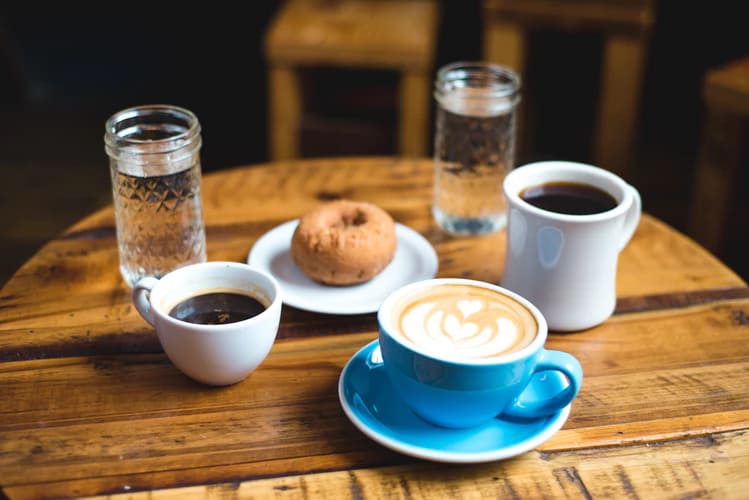
Coffee is contained in different cups, each of which has a different effect on the sensory experience.
Shape and size of cup
The space at the top of the cup is an often overlooked evaluation item in ordinary coffee shops, and many coffee fans like the aroma of coffee, which will be affected in turn.
The top space will affect the amount of liquid drunk, which is an important factor in creating space for aroma, while tasting is actually a combination of taste and smell, in which the top space will also affect the olfactory experience. "
Studies have pointed out that smell is the main source of taste perception. When the container is narrower / smaller, the same amount of liquid touches the mouth less than the cup with a wide mouth, which reduces the sensory experience of the coffee aroma.
The top space is also affected by the tilt angle, which will affect your tasting experience when the cup is tilted to your lips. The more inclined the angle, the closer the coffee will be to the nose. If there is not too much space at the top of the cup, or if the cup is too small and too narrow, there will not be much room for you to feel the aroma of coffee through the tilt angle.
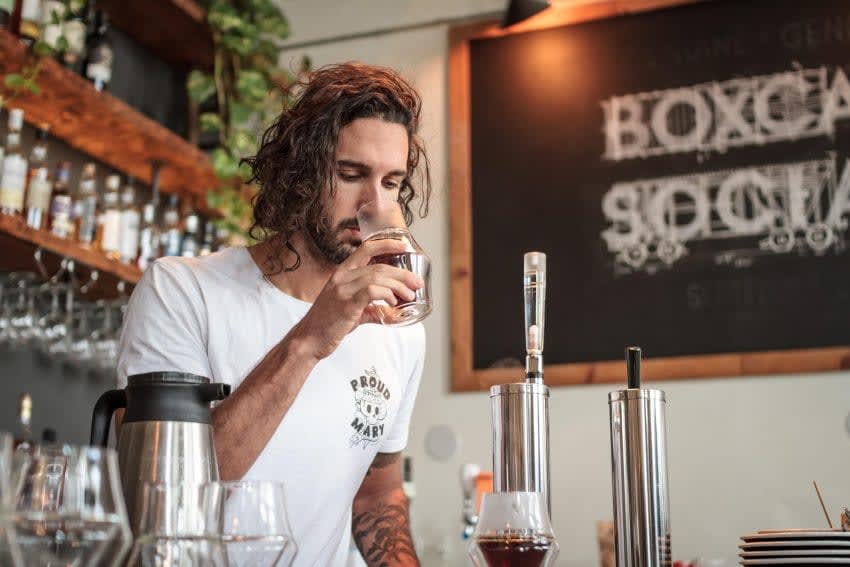
However, this does not mean that the narrow cup is not suitable for drinking coffee. In fact, it depends on the nature of the coffee you drink. Maybe narrow mouth is the cup suitable for drinking this coffee.
If there is enough space at the top, the narrow cup actually helps to concentrate the aroma of coffee. Use a spherical cup to concentrate and amplify the aroma, or a flute-shaped cup to concentrate the "flavor". In other words, wider cups concentrate aromas and narrower cups make the aroma feel stronger.
In addition, the width of the cup affects not only the aroma, but also different liquid surface areas. The liquid surface area represents the extent to which the coffee is in direct contact with the air. This will affect the rate of oxidation, indirectly soften the tannins of coffee, and the rate of calorie loss of coffee.
The larger the surface area of the liquid, in addition to increasing the contact area between the coffee and the air, it will also increase the sweetness and alcohol thickness. due to the accelerated oxidation rate of coffee, this kind of cup is more suitable for drinking coffee, such as Brazil and Sumatra. or medium-deep roasted coffee.
On the other hand, a smaller liquid surface area and a longer shape will slow down the oxidation rate, thus retaining the acidity of the fruit. This kind of cup is usually more suitable for drinking African coffee or medium-and light-roasted coffee.
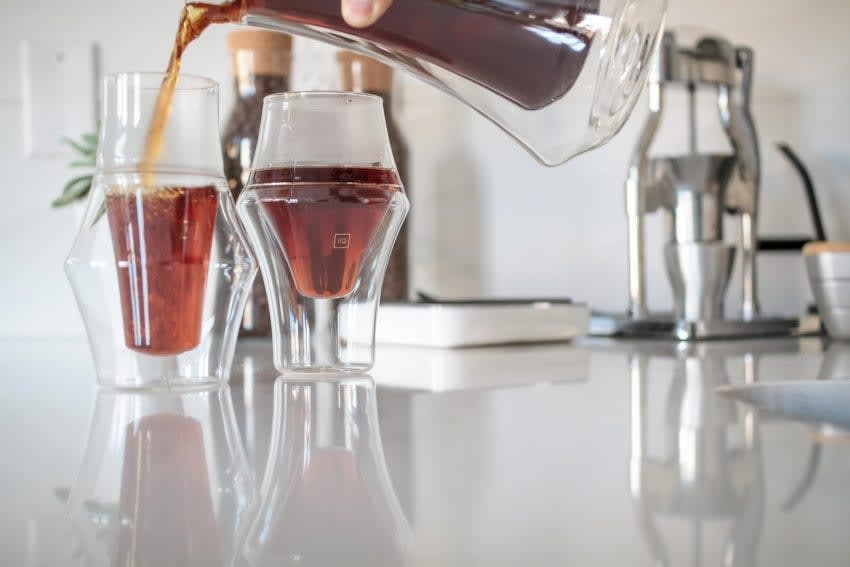
Another key to the shape of the cup is the design of the mouth, which affects the touch of the lips. Although the touch of the lips is rarely mentioned in the oral sensation, it does have a significant impact on the drinker's experience.
Material
Finally, the size of the cup is also important. The more coffee the cup can hold, the slower the cooling rate will be.
Ceramic, wood, paper, metal, plastic, glass, no matter what material the coffee cup is made of, will directly affect the heat preservation effect, temperature stability and durability of the coffee cup.
The negative effects of rapid cooling are often overamplified, but few glass makers know that you will pour hot drinks into the glass.
The truth is, when coffee is cooled, it can taste different flavors, which is an important consideration, and the material will directly affect the cooling rate of coffee.
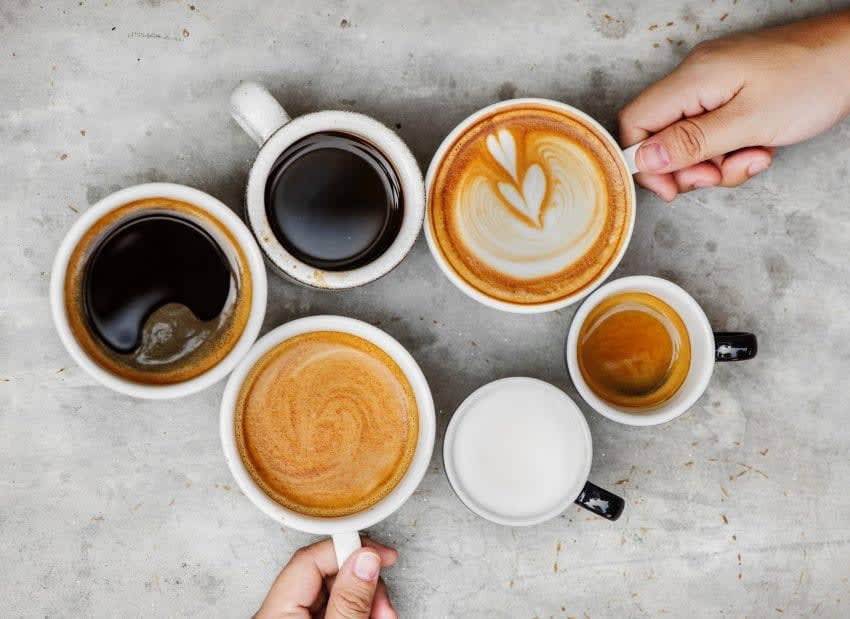
Use porcelain cups to hold lattes, concentrates and cappuccinos, which are suitable for drinking, but not conducive to heat preservation.
The balance between customer experience and coffee temperature is very important, and there are still many stores that can't use the cup correctly. This cup may look attractive, but will it make the drinker hot? Is the material of the cup not thick enough? This will cause the drinker to be unable to concentrate on where he deserves to enjoy, because he will wonder when it will not be too hot.
In other words, it's not as simple as a cup made of what kind of material, but you have to consider whether the cup made of this material can increase the experience of the drinker.
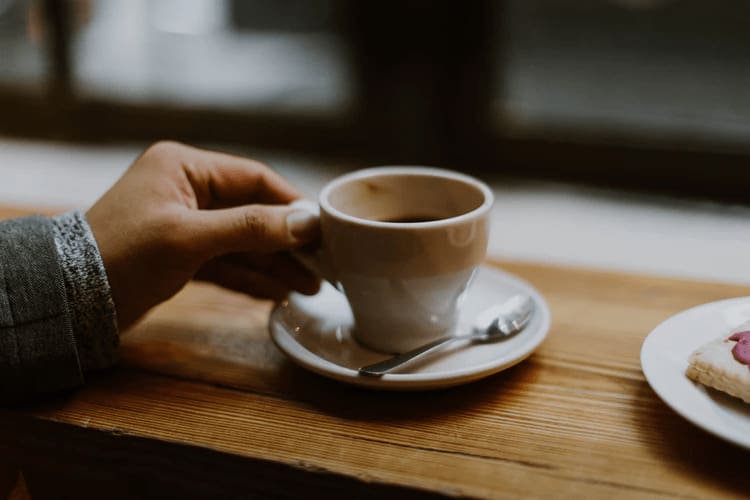
The most common coffee porcelain cup design, however, leads to the rapid cooling of coffee.
So what does this mean to you as a reader? Whether you are a coffee drinker, a barista or a coffee shop owner, you can have more control over the flavor of the coffee without having to rely on luck like a lottery.
You can experiment on the extracted coffee by adjusting the grinding thickness, brewing time, etc., in order to give play to the best flavor of the coffee. Buy coffee with your favorite flavor, such as the sun in East Africa or fruity coffee in Central America. But you can also choose a cup to compare the same coffee, so that you can taste the coffee in a variety of ways.
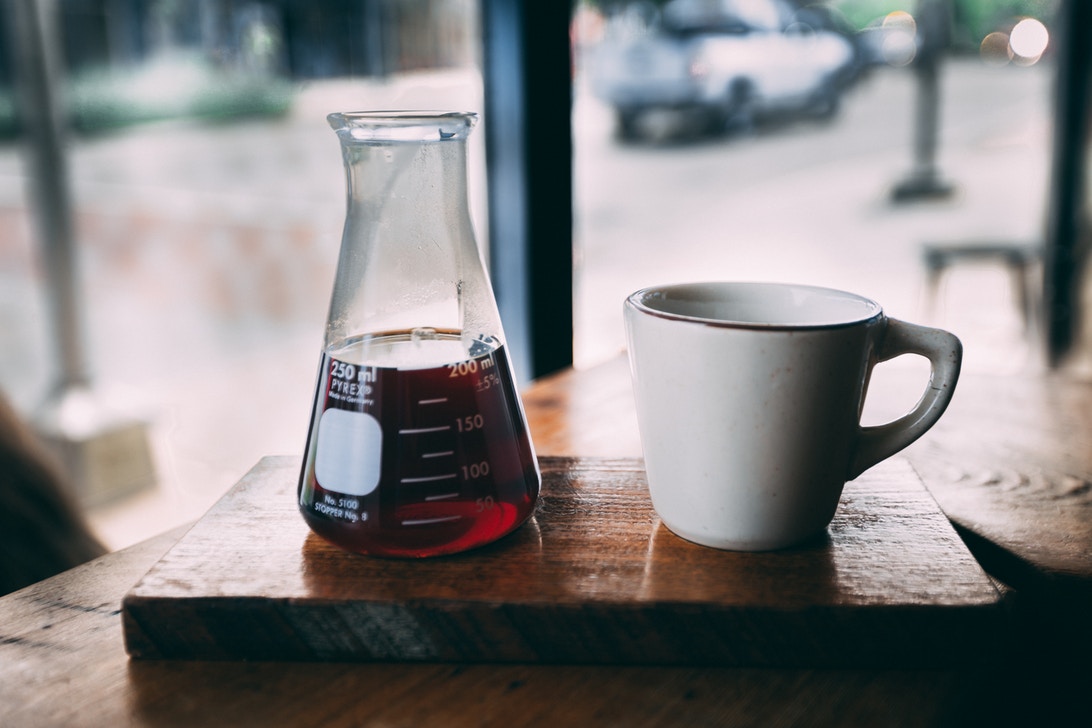
If you want to buy coffee, you can avoid cups with too thick walls, cups with too little tilt, or the shape that doesn't magnify the flavor characteristics of one of your favorite coffees. Instead, you can choose a cup that amplifies the flavor characteristics of your preferred coffee.
To sum up, choosing a coffee cup does not require choosing the cup that best suits a particular type of coffee, but choosing a cup that can concentrate or magnify some of your favorite flavor characteristics.
Important Notice :
前街咖啡 FrontStreet Coffee has moved to new addredd:
FrontStreet Coffee Address: 315,Donghua East Road,GuangZhou
Tel:020 38364473
- Prev
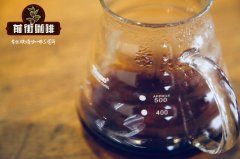
What's the difference between capsule coffee and espresso? how to store capsule coffee and how to choose a coffee maker?
Professional coffee knowledge exchange more coffee bean information Please pay attention to Coffee Factory (Wechat official account cafe_style) capsules store roasted coffee beans after grinding, the flavor will probably disappear in about 15 minutes, in order to lock the taste of the coffee, all capsules have been specially treated. Some manufacturers directly fill the capsule with inert gas, while others set up plastic outside the capsule.
- Next
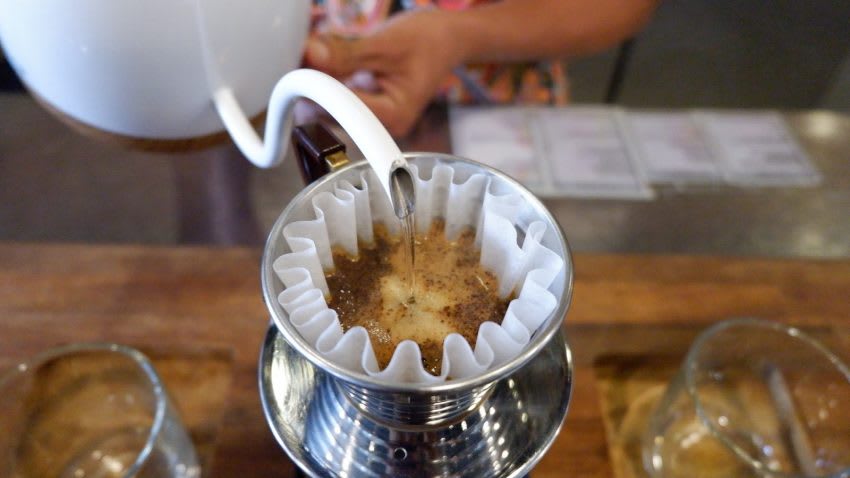
The history of hand-brewed coffee | how did hand-brewed coffee become the darling of boutique coffee?
Professional coffee knowledge exchange more coffee bean information please follow the coffee workshop (Wechat official account cafe_style) casually step into any boutique coffee shop, nine times out of ten there is at least one hand coffee maker. If you think that hand-brewed coffee is something new, you may be wrong. In fact, V60 filter cups and Chemex handcups have been around for decades, but they are still the third wave of coffee today.
Related
- Beginners will see the "Coffee pull flower" guide!
- What is the difference between ice blog purified milk and ordinary milk coffee?
- Why is the Philippines the largest producer of crops in Liberia?
- For coffee extraction, should the fine powder be retained?
- How does extracted espresso fill pressed powder? How much strength does it take to press the powder?
- How to make jasmine cold extract coffee? Is the jasmine + latte good?
- Will this little toy really make the coffee taste better? How does Lily Drip affect coffee extraction?
- Will the action of slapping the filter cup also affect coffee extraction?
- What's the difference between powder-to-water ratio and powder-to-liquid ratio?
- What is the Ethiopian local species? What does it have to do with Heirloom native species?

